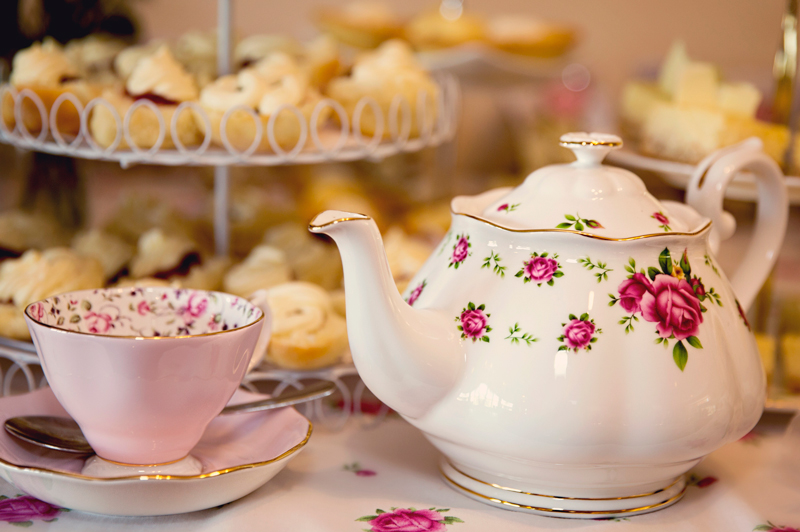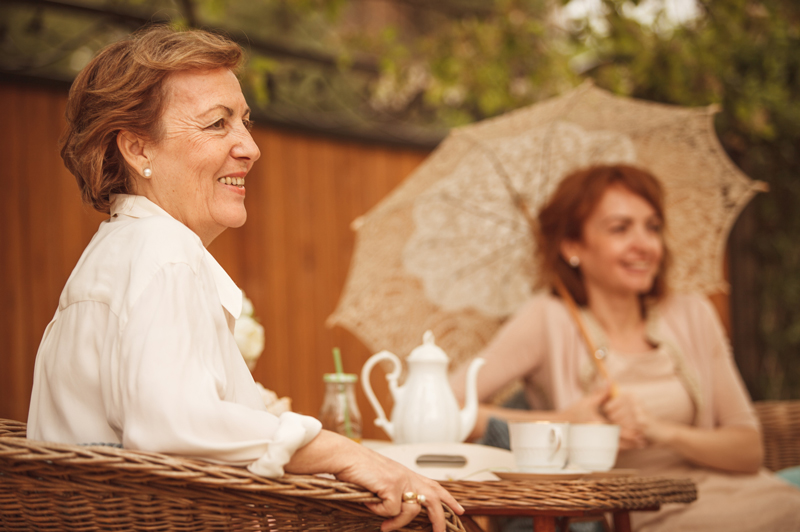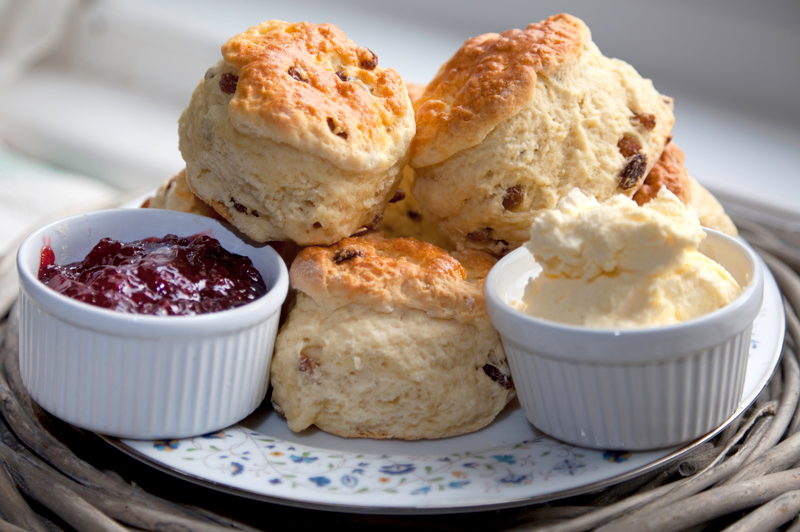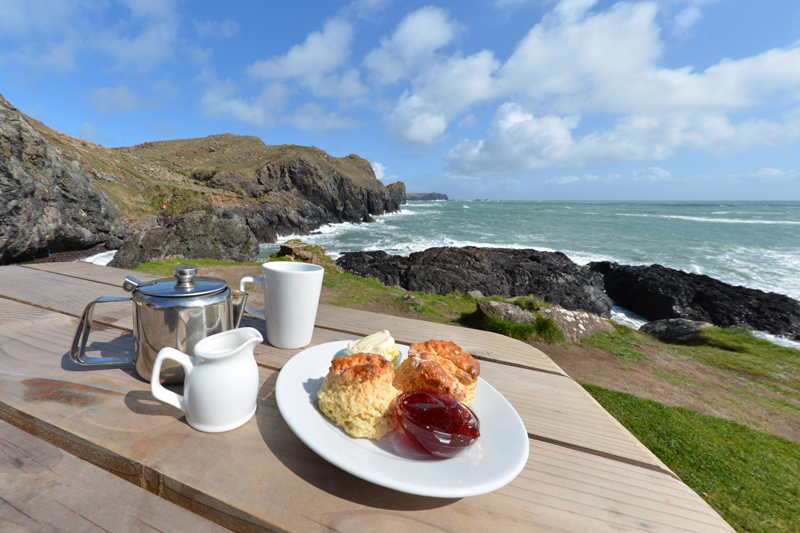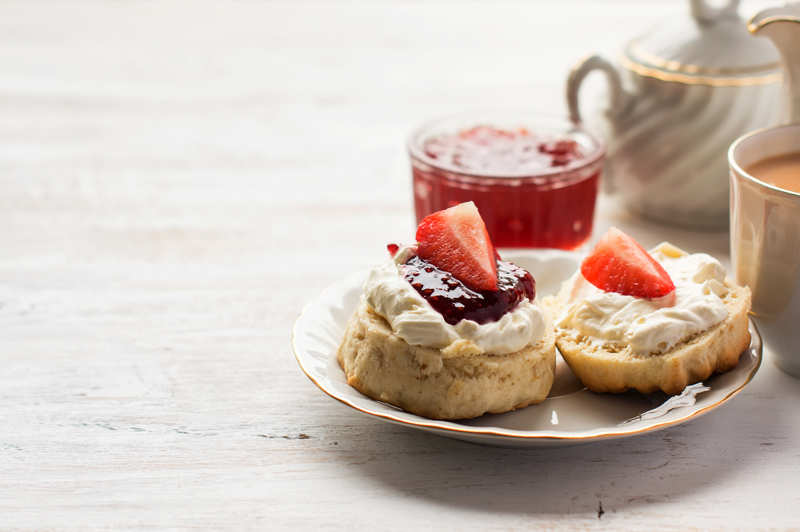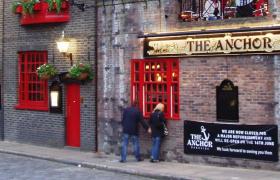Anna Russell, the 7th Duchess of Bedford, introduced England to the delights of afternoon tea in the mid 1800s. With dinner being served at the fashionably late time of 9pm, Queen Victoria’s confidant became hungry in the late afternoon and would request a pot of tea and some light refreshments be brought to her room.
Soon she was inviting high society ladies to join her and afternoon tea became an elegant and fashionable social occasion to be enjoyed with friends. Just over 100 years later, the trend spread throughout the country thanks to the tourism boom created by the opening of the railway. What could be more delightful than a steaming pot of tea accompanied by scones, jam and cream, all made with local produce and enjoyed in picturesque surrounds?
Enjoying an English cream tea remains as popular now as it did back then. However, it can spark heated debates. Cream tea connoisseurs, particularly those who hail from Cornwall and Devon, have some definite ideas about how to best enjoy those delicious scones with jam and cream.
It all comes down to the two different styles of cream teas, Devonshire and Cornish, which hail from their respective local areas. Both are essentially the same except for one thing: the order you put the jam and cream.
Historically, cream tea in Cornwall was served with a slightly sweet white roll called a ‘Cornish split’, rather than a scone. The warm roll would be spread with strawberry jam and topped with a spoonful of Cornish clotted cream. These days Cornish cream tea is served with scones. A truly traditional version includes Cornish clotted cream, a product protected by the European Union.
In Devonshire, cream tea has always been served with scones and the cream is traditionally applied first. There are several reasons for this. Jam used to be more expensive than cream which was plentiful in country England. A small dollop carefully placed on top of each scone used to be all most people could afford. Devon locals also believed this method made it possible to load more cream onto their scones. It is hard to argue with the logic but this didn’t stop the Cornish.
They think jam should be followed by the cream which they believe tastes better if it is served on top of the scone. In 2015, a scientific study conducted by Dr Stuart Farrimond was commissioned to celebrate the Festival of Food & Wine Race Weekend at Ascot Racecourse. The results showed that the Devonshire style was far more practical. The tasting panel agreed with a 57 percent preference shown for the Devonshire-style cream tea.


